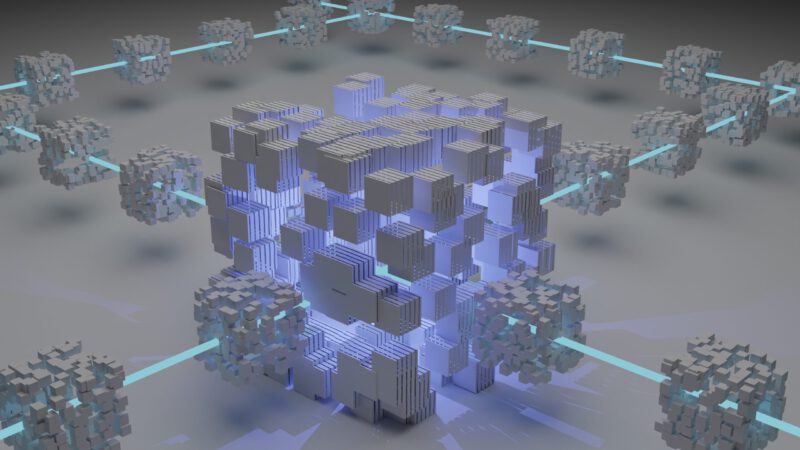As an emerging innovation, Web3 (Web 3.0) and the accompanying metaverse is a shift from the internet as we know it with adoption being a certainty.
When the internet arrived, its implications weren’t immediately known and yet this technological achievement, while considered a tool, was still in its infancy and not the Web2 that we know it to be today.
The current iteration of the internet deals with users creating consumable content through social channels like Facebook, Instagram, and Twitter.
Web3 and the Metaverse
Web3 promises to introduce a virtual reality (VR) element that experts stipulate will bridge Web2 with augmented reality and an interface that uses visuals and auditory cues to further democratize the internet and provide a unique user experience.
The internet will differ from what we experience now, in that it will largely evolve through pre-established algorithms, which will shift and change at the whim of the users who create, consume and interface with this new technology, according to XR Today, an online publication focused on emerging tech.
The associated metaverse would work in tandem with the third generation of the web and is associated with the augmented reality, artificial intelligence (AI), and three-dimensional spaces that Web3 will utilize.
Content will be created and consumed, and users will be thrust into a new world where interacting with augmented reality and 3D surroundings will become the new normal. However, it is yet to be seen how users might treat this forthcoming innovation.
Benefits and Challenges
The benefits of Web3 will be in the decentralization of the internet experience and an evolutionary leap in the way that we interact with online content creation and consumable media.
On the other hand, the challenges of this new iteration of the internet will likely be in its widespread adoption and how long it will take to leave the hands of the few and into the grasp of the many.
According to Patrick Parker, CEO of SaaS Partners, an advisement firm that specializes in marketing and growing companies through enterprise software and services, Web3 is a certainty, and developers ought to pay attention to this new internet iteration.
“[Web3 is] going to take us at least 5-10 years to really get there… we’re going to need mass-scale hardware upgrades to both servers and end-user devices as current mobile and IoT devices are not prepared for the Web3 ‘revolution,’” Parker said.
The Future
IoT (Internet of Things) devices are defined as hardware that, enabled with sensors, communicate with the internet, and can readily be observed in homes and offices in products like laptops and mobile devices.
Competition in this space has pushed major companies, like Google and Amazon, to hurry products to market with privacy and data security being a major concern to consumers.
The future of Web3 is one where consumers will further the democratization and proliferation of the Internet. Small and major companies will be scrambling to innovate and fill in the gaps.
The jump from where the internet presently stands to where it will take us remains to be seen. Yet we wait with bated breath for the future of tomorrow.










